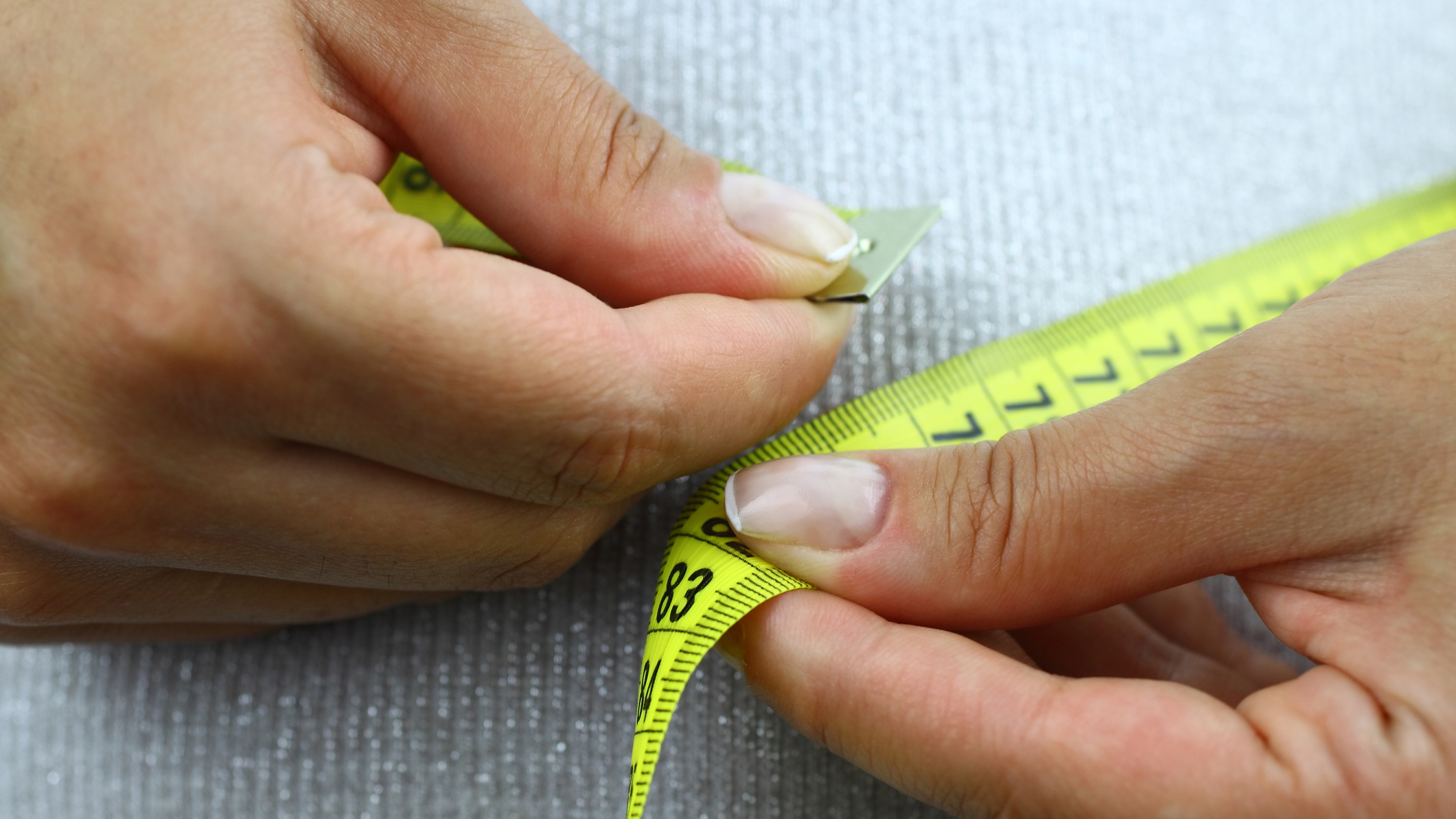Why a bigger belly means you're at risk of heart disease (even if your BMI is fine)
Heart disease is a growing problem: there's never been a better time to lose belly fat than right now


There's lots of reasons people want to lose belly fat: some take on the best exercises for weight loss and eat healthily for aesthetic reasons, while others are looking to prevent health complications both now and in later life. Belly fat's been linked with a number of problematic health concerns, and even if you're technically considered to be a "healthy" weight, you're still at risk.
A Harvard University report found normal-weight people with a bit of a "spare tire", or fat around the waist, had a higher risk of dying of heart disease (or any other cause) regardless of whether they were normal weight, overweight, or obese. Women who carried more fat around their middles had up to a 20% greater heart attack than women who were heavier over all, with a more even distribution of fat and muscle. The same is true for men, but the discrepancy in total-body fat vs midriff fat isn't quite as drastic.
Another study, published in the Journal of the American Heart Association, found more evidence belly weight increases the danger of heart disease, even if your overall body max index suggests you're a healthy weight. The researchers looked at visceral adipose tissue, or VAT, as an indicator of cardiovascular disease. It found when you take body size and waist size into account, and don't just use your BMI, it paints a disturbing picture about your health.

"The data show that patients with overweight or obesity suffer from cardiovascular disease events at an earlier age, live with cardiovascular disease for more of their lives, and have a shorter average lifespan than patients with normal weight," said one of the study's authors, Tiffany M. Powell-Wiley, M.D..
"The research provides strong evidence that weight management be included as an essential aspect of managing atrial fibrillation, in addition to the standard treatments to control heart rate, rhythm and clotting risk." Essentially, good heart health begins with diet and exercise, not just the doctor's office.
Where to start? If you've only got a little belly fat you'd like to shift, our best exercises for weight loss are some HIIT-friendly, dynamic exercises to shed the fat around your middle, while our guide to how to get a slim waist has a selection of weight-loss tips to reduce fat around the middle you've likely never thought of.
However, the biggest change needs to be in your diet: for example, instead of frying or roasting your food with loads of added fats, you could use the best air fryer or best health grill, which use a fraction of the oil to cook food in a healthy way.
Get the Fit&Well Newsletter
Start your week with achievable workout ideas, health tips and wellbeing advice in your inbox.
Matt Evans is an experienced health and fitness journalist and is currently Fitness and Wellbeing Editor at TechRadar, covering all things exercise and nutrition on Fit&Well's tech-focused sister site. Matt originally discovered exercise through martial arts: he holds a black belt in Karate and remains a keen runner, gym-goer, and infrequent yogi. His top fitness tip? Stretch.
-
 A Pilates instructor says this is the beginner-friendly core exercise everyone should try
A Pilates instructor says this is the beginner-friendly core exercise everyone should tryForget crunches, this is the perfect foundation move
By Alice Porter Published
-
 Prevent poor posture and release tension from sitting down with these four simple stretches from a yoga instructor
Prevent poor posture and release tension from sitting down with these four simple stretches from a yoga instructorThe daily poses he swears by, no matter what
By Alice Porter Published